Amazon.com’s self-driving car unit, Zoox, is seeking to stay abreast of rival Waymo by expanding its vehicles’ testing in California and Nevada to include a wider area, higher speeds and nighttime driving.
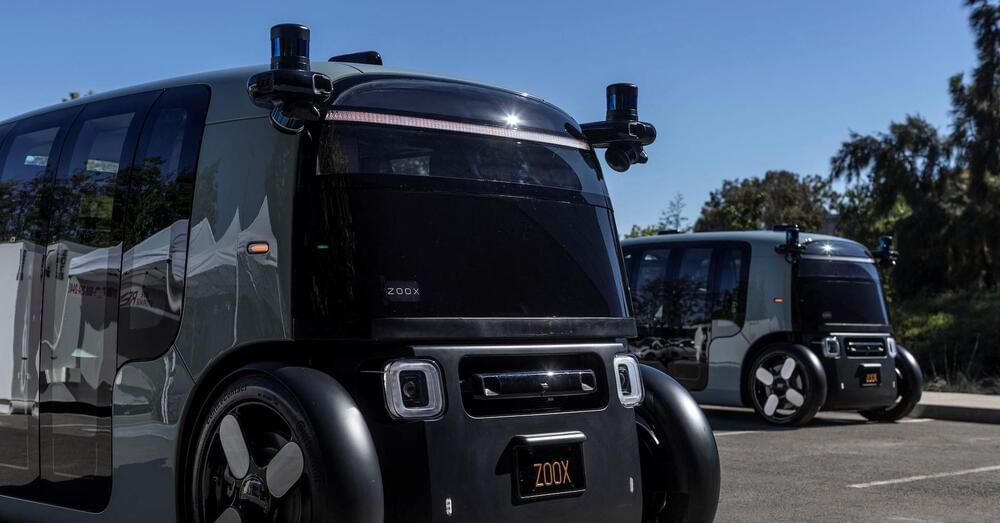

Amazon.com’s self-driving car unit, Zoox, is seeking to stay abreast of rival Waymo by expanding its vehicles’ testing in California and Nevada to include a wider area, higher speeds and nighttime driving.

A liquid hydrogen airliner with a range of over 5,000 miles. It’s feasible per them, by 2030 and limits pollution.
A breakthrough liquid hydrogen-fueled aircraft concept developed in the United Kingdom could take passengers from London to San Francisco with no layover.
That’s because the massive plane would have an operational range of 5,250 nautical miles (equivalent to air miles) and wouldn’t need to land to fill up with gas. This would provide more than enough range for the flight of roughly 11 hours and 4,664 nautical miles.
This concept plane was developed by the FlyZero project, a program led by the Aerospace Technology Institute with the goal of providing air travel with no pollution (zero-carbon) in the next decade, as the agency states on its website.
Figure has demonstrated the first fruit of its collaboration with OpenAI to enhance the capabilities of humanoid robots. In a video released today, the Figure 1 bot is seen conversing in real-time.
The development progress at Figure is nothing short of extraordinary. Entrepreneur Brett Adcock only emerged from stealth last year, after gathering together a bunch of key players from Boston Dynamics, Tesla Google DeepMind and Archer Aviation to “create the world’s first commercially viable general purpose humanoid robot.”
By October, the Figure 1 was already up on its feet and performing basic autonomous tasks. By the turn of the year, the robot had watch-and-learn capabilities, and was ready to enter the workforce at BMW by mid-January.

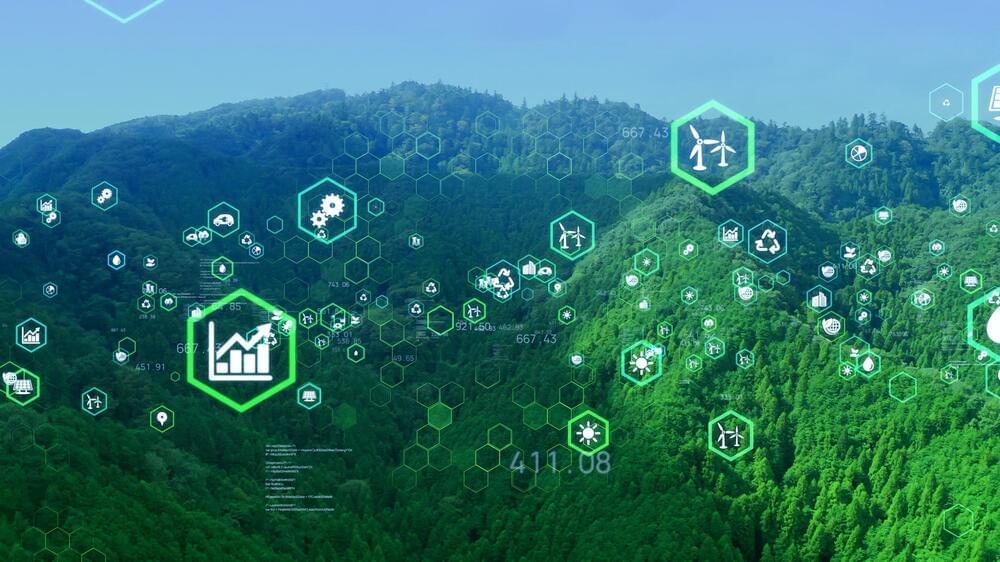
The advent of AI has ushered in transformative advancements across countless industries. Yet for all its benefits, this technology also has a downside. One of the major challenges AI brings is the amount of energy required to power the GPUs that train large-scale AI models. Computing hardware needs significant maintenance and upkeep, as well as uninterruptible power supplies and cooling fans.
One study found that training some popular AI models can produce about 626,000 pounds of carbon dioxide, the rough equivalent of 300 cross-country flights in the U.S. A single data center can require enough electricity to power 50,000 homes. If this energy comes from fossil fuels, that can mean a huge carbon footprint. Already the carbon footprint of the cloud as a whole has surpassed that of the airline industry.
As the founder of an AI-driven company in the blockchain and cryptocurrency industry, I am acutely aware of the environmental impact of our business. Here are a few ways we are trying to reduce that effect.
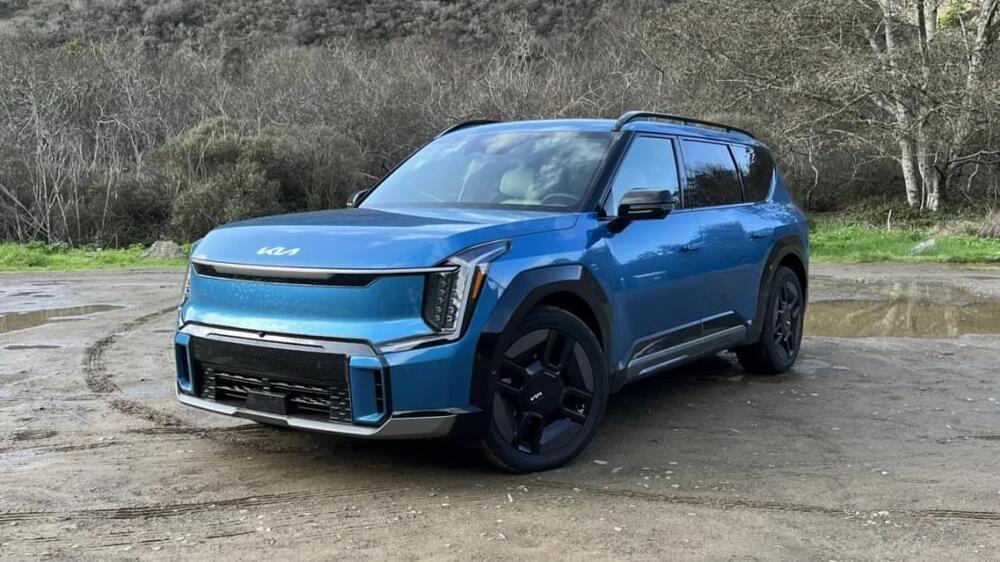
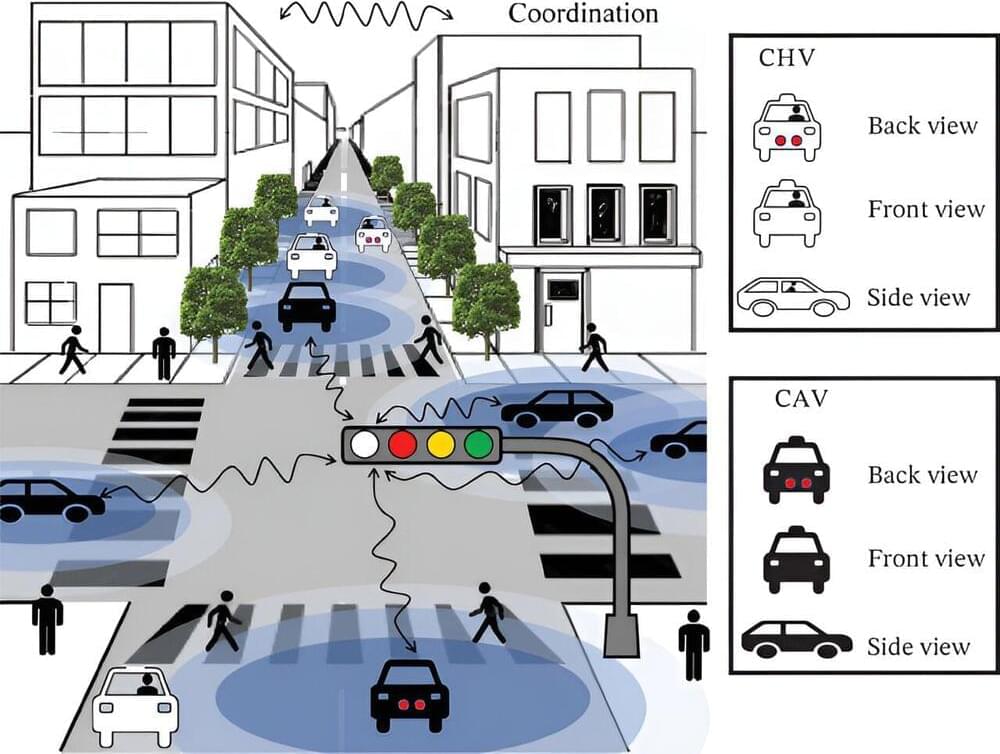
Adding a fourth light to traffic signals—in addition to red, green, and yellow—would shorten wait times at street corners for pedestrians, as well as improve traffic flow for both autonomous vehicles and human drivers. And the more autonomous vehicles there are in the traffic network, the shorter the wait times for everyone.
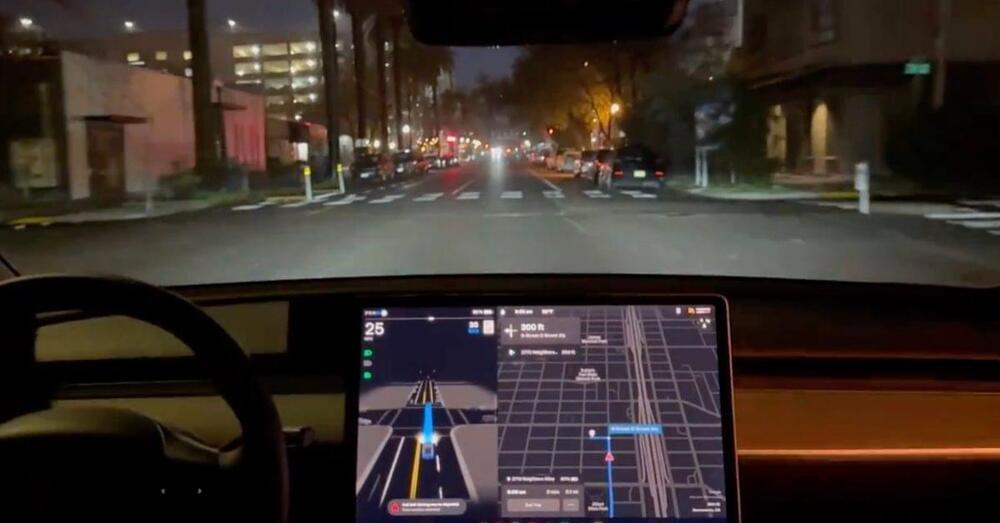
Tesla has started to push a new Full Self-Driving Beta v12 software update. It’s still not going wide, there’s no new release note, but CEO Elon Musk says it’s a “big release”
When talking about Tesla’s Full Self-Driving program, it’s hard not to talk about delays.
Tesla fans would argue that the company is trying to solve a major problem in self-driving and we should cut it some slack when it comes. The counter argument is that Tesla started selling Full Self-Driving since 2016 and by doing it, it created pressure on itself to deliver on its promise.
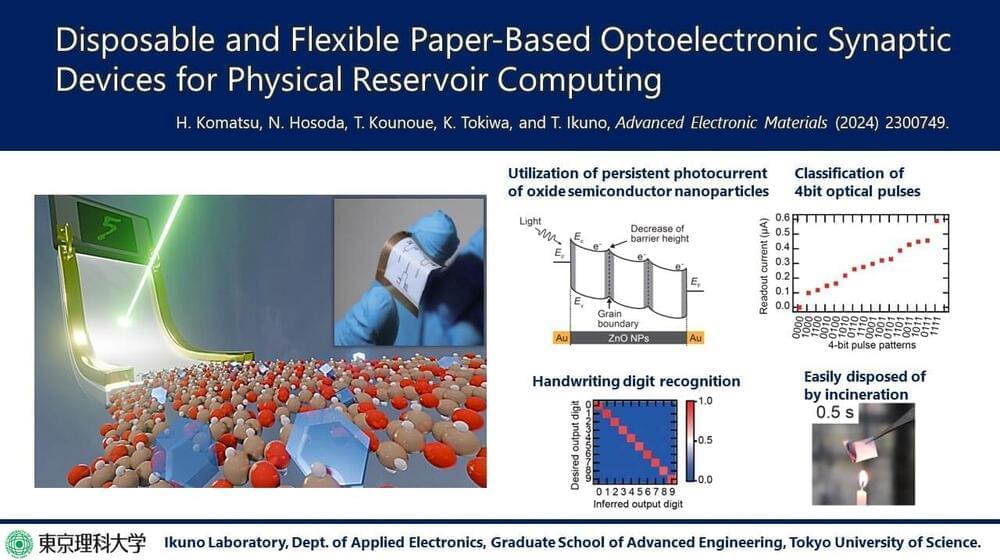
From creating images, generating text, and enabling self-driving cars, the potential uses of artificial intelligence (AI) are vast and transformative. However, all this capability comes at a very high energy cost. For instance, estimates indicate that training OPEN AI’s popular GPT-3 model consumed over 1,287 MWh, enough to supply an average U.S. household for 120 years.

Sound waves thought to be from a 2014 meteor fireball north of Papua New Guinea were almost certainly vibrations from a truck rumbling along a nearby road, new Johns Hopkins University –led research shows. The findings raise doubts that materials pulled last year from the ocean are alien materials from that meteor, as was widely reported.
“The signal changed directions over time, exactly matching a road that runs past the seismometer,” said Benjamin Fernando, a planetary seismologist at Johns Hopkins who led the research. “It’s really difficult to take a signal and confirm it is not from something. But what we can do is show that there are lots of signals like this, and show they have all the characteristics we’d expect from a truck and none of the characteristics we’d expect from a meteor.”
The team presented their findings on March 12 at the Lunar and Planetary Science Conference in Houston.